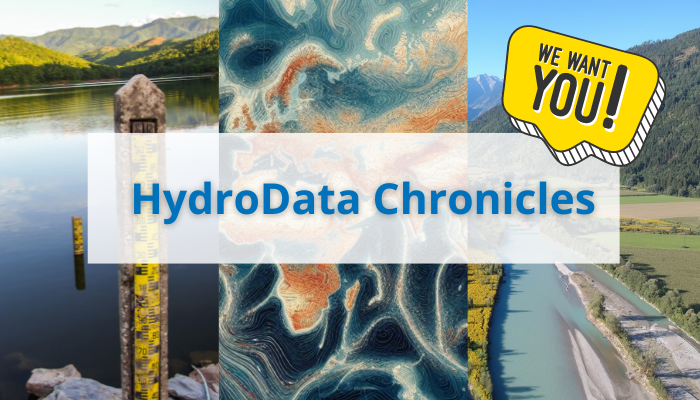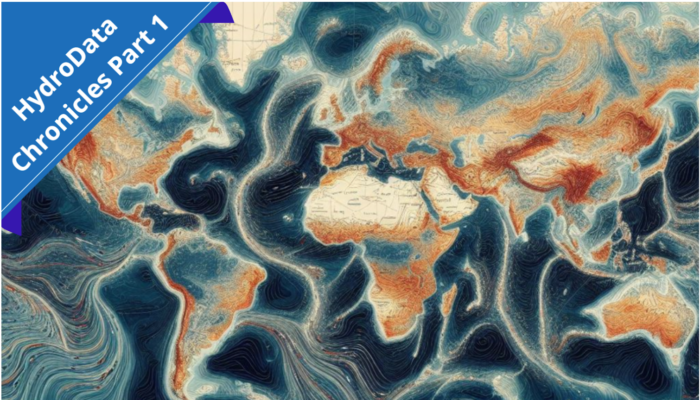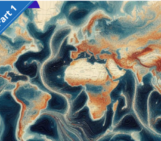
We’re thrilled to announce the launch of our newest blog series dedicated to exploring the fascinating world of hydrological datasets.
Join us on this exciting journey as we uncover the hidden stories within hydrological data. By highlighting cutting-edge research, insightful analyses, and captivating data, we aim to shed light on the intricacies of hydrology and draw your attention to datasets that can enrich your own research.
What Are the HydroData Chronicles?
In the HydroData Chronicles, we aim to highlight little-known datasets and tools that are freely accessible to researchers and water practitioners across the world and that could add value to their own research. These include observed data for different hydrological variables – from precipitation and gauge measurements to groundwater levels – as well as datasets produced by thorough analysis.
In our inaugural installment, for instance, we took a deep-dive into a novel high-resolution, 40-year rainfall dataset covering the Contiguous United States (CONUS), developed by Stergios Emmanouil, Andreas Langousis, Efthymios Nikolopoulos and Emmanouil Anagnostou.
The goal is to spread the word about valuable data that’s out there for hydrologists to benefit from, and to use in their own research. We hope to promote open research data, collaborations, and the interconnectedness of the hydrological community, so that you can build on the work of others and advance our collective understanding of hydrological processes and variables.
Additionally, stay tuned for our upcoming post titled “A global precipitation climatology toolbox and database,” which focuses on a R-developed package with reproducible science standardization, including a wide database of 24 precipitation datasets at monthly time step and 0.25° resolution!
How to Contribute?
We want YOU to be part of the adventure! Are you a data enthusiast with a hydrological dataset waiting to be shared? Or did you discover a tool that you’ve found incredibly helpful in your research but that not a lot of people know about?
We’re eager to hear from you! Whether it’s a wealth of historical records or a groundbreaking study waiting to be showcased, your dataset could make a significant impact and inspire fellow scientists worldwide.
Reach out to us and signal-boost it through the HydroData Chronicles!
All you have to do is send a message to our blog editors [athanseraf@hotmail.com] explaining what the dataset is and why it’s valuable for hydrologists. Please send along a link to the dataset as well as any references and publications. We’ll take a closer look at it and get back to you asap.
Then, we’ll prepare a post for publication. You have two options: Either, you can prepare a blog post yourself, or you can collaborate with our team of writers so they can prepare it for you. Blog posts typically have between 500 and 800 words and include at least one featured image (700×400 pixels). You can check out our more detailed blog post guidelines here. If you write the post yourself, you’ll be listed as an author with a headshot and your bio.
Finally, we’ll share your dataset post across our social media channels – on LinkedIn, Twitter, and Instagram – and in our newsletter, giving you a shoutout along the way!
Ready? Get started today and reach out to our blog team!





